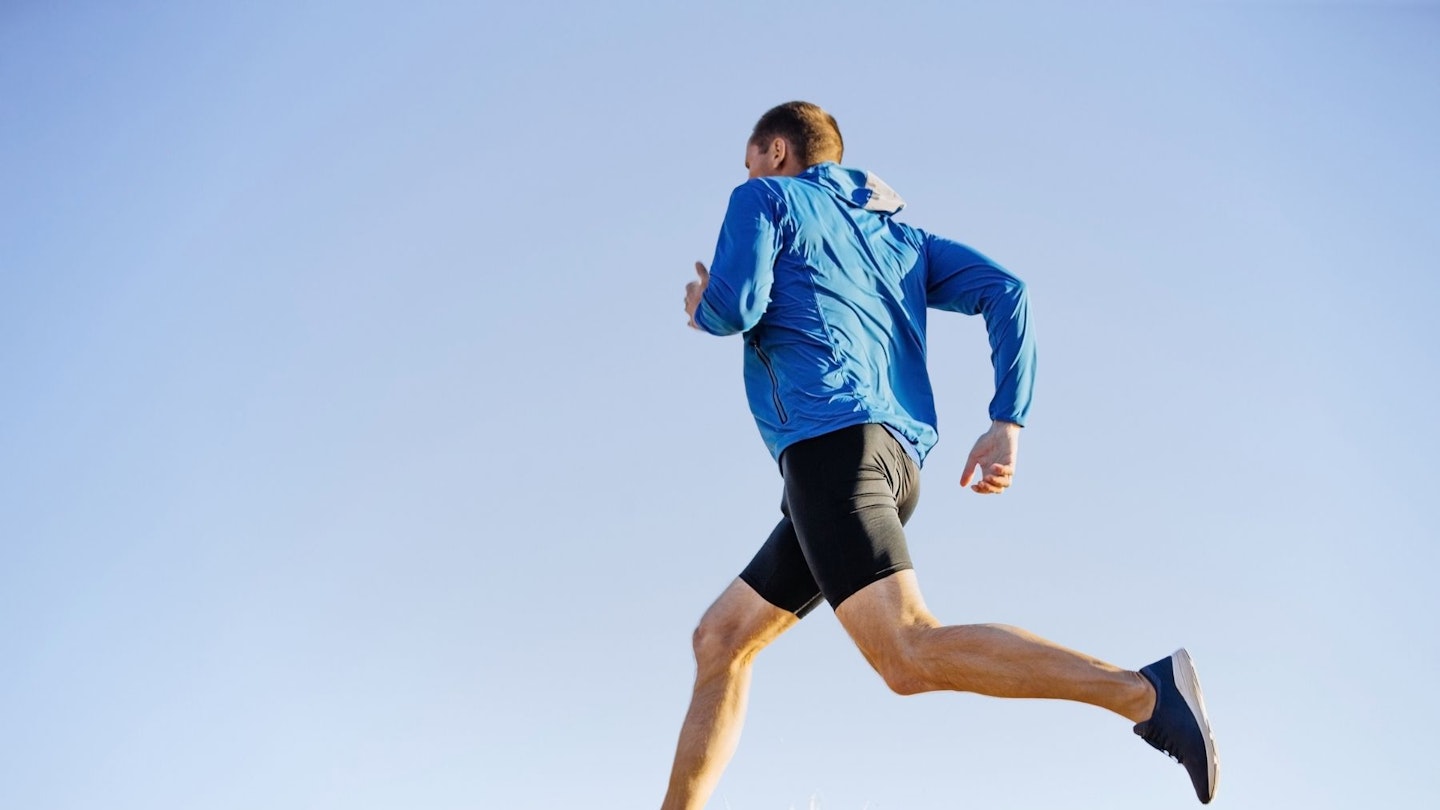A category that combines lightweight with an element of protection. Temperature regulation is perhaps the most important factor to consider when you’re looking at a trail running jacket that can cope with high winds, as chances are it won’t be that cold. Indeed, it could even be quite mild.
So we love breathable models that offer a fabulous range of motion yet keep that wind blast to a minimum. Of course, sustainability is hugely important and more and more a factor for us when looking at the best models out there.
What to look for in a windproof running jacket
Breathability: The breathability refers to how much water vapour can pass out through the fabric. Breathable jackets don’t necessarily stop you sweating but should move moisture away from the body to keep you mostly dry and comfortable. However, performance depends greatly on other external factors like temperature and humidity.
Fit: They tend to be cut shorter and trimmer, which saves weight. We tend to wear fewer layers with these, so a more tailored fit can work well. But make sure the jacket doesn’t feel tight across your shoulders or chest, and that sleeves cover your wrists fully.
Hood: They tend to have simpler hoods than full-on mountain shells. Some are elastic-bound, while others have a single drawcord to offer some adjustment. Either way, make sure the hood still offers decent protection without obstructing your visibility.
Pockets: They tend to have fewer and smaller pockets, though a zipped chest pocket is still a useful feature.
Ventilation: Some jackets feature pit zips or mesh-lined pockets, which can be opened to increase airflow. Wide cuffs that can be pushed up the forearm can also aid cooling.
Waterproofing: The membrane or laminate provides waterproofing. 2 or 2.5-layer jackets use a face fabric bonded to a membrane or laminate, with a thin film coating or sometimes a raised pattern (a ‘half layer’) to protect it. More advanced jackets use a 3-layer construction, which sandwiches the membrane between a durable face fabric and a soft tricot backer.
Weight and packed size: Since a waterproof jacket will often sit in your pack for most of the day – especially in summer – look for a light and packable shell.
Zips: Most brands use laminated and/ or reverse coil zips (with the teeth on the inside) to improve water resistance, as well as internal or external stormflaps. Zips often have a ‘zipper garage’ at the top to guard against leakage. A chinguard at the top of the main zip will protect your face from irritation.
The best windproof running jackets
Best in Test
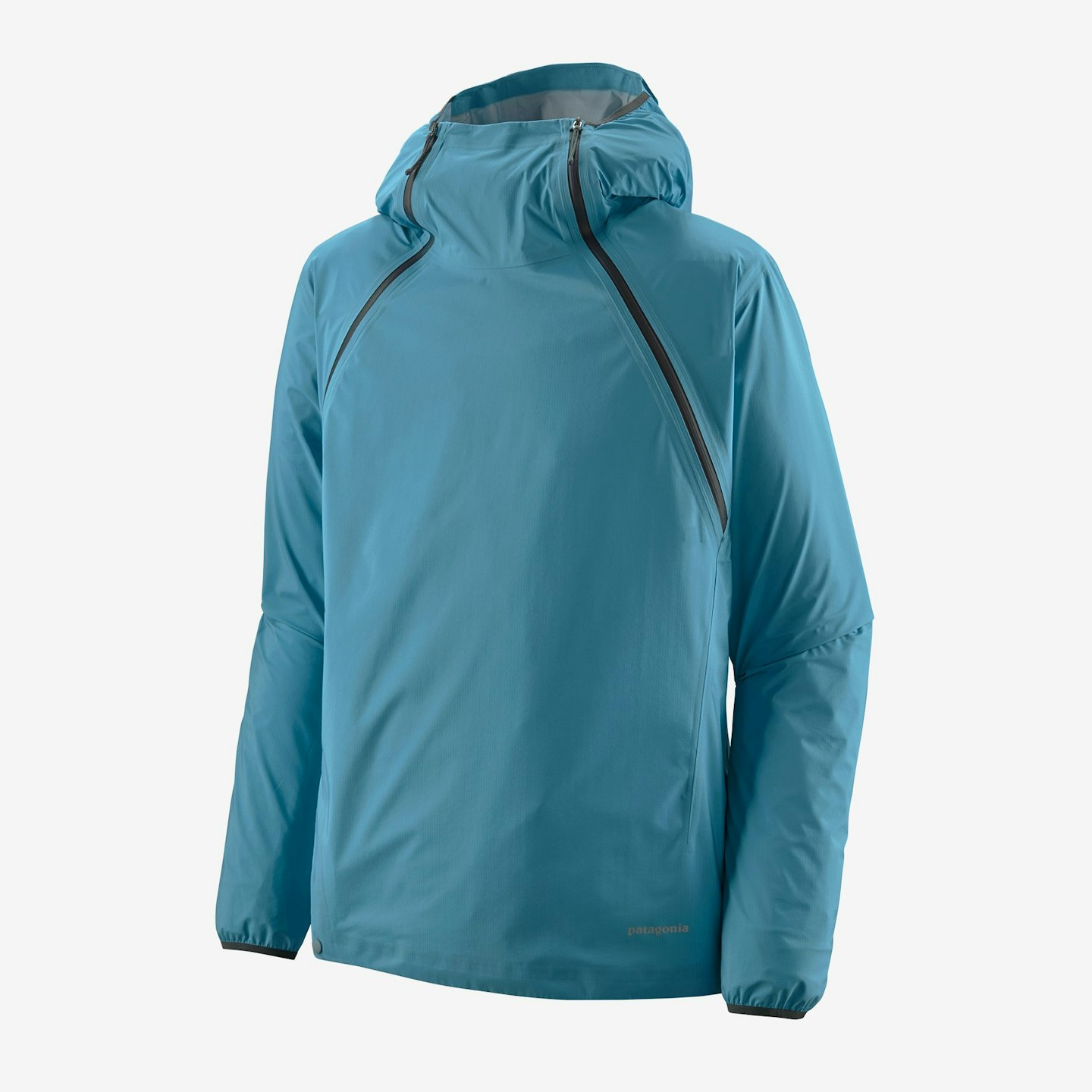
www.sportsshoes.com
Light and breathable enough to keep you comfortable when you’re working hard, yet protective enough for seriously bad weather, this three-layer waterproof jacket features an innovative double zipper so you can wear it over a race vest and still access front-carried food and water. It very usefully stuffs into its own pocket for ease of carrying, and in true Patagonia fashion it's also Fair Trade Certified sewn.
Pros
- Great for racing and really hard running
Cons
- The price
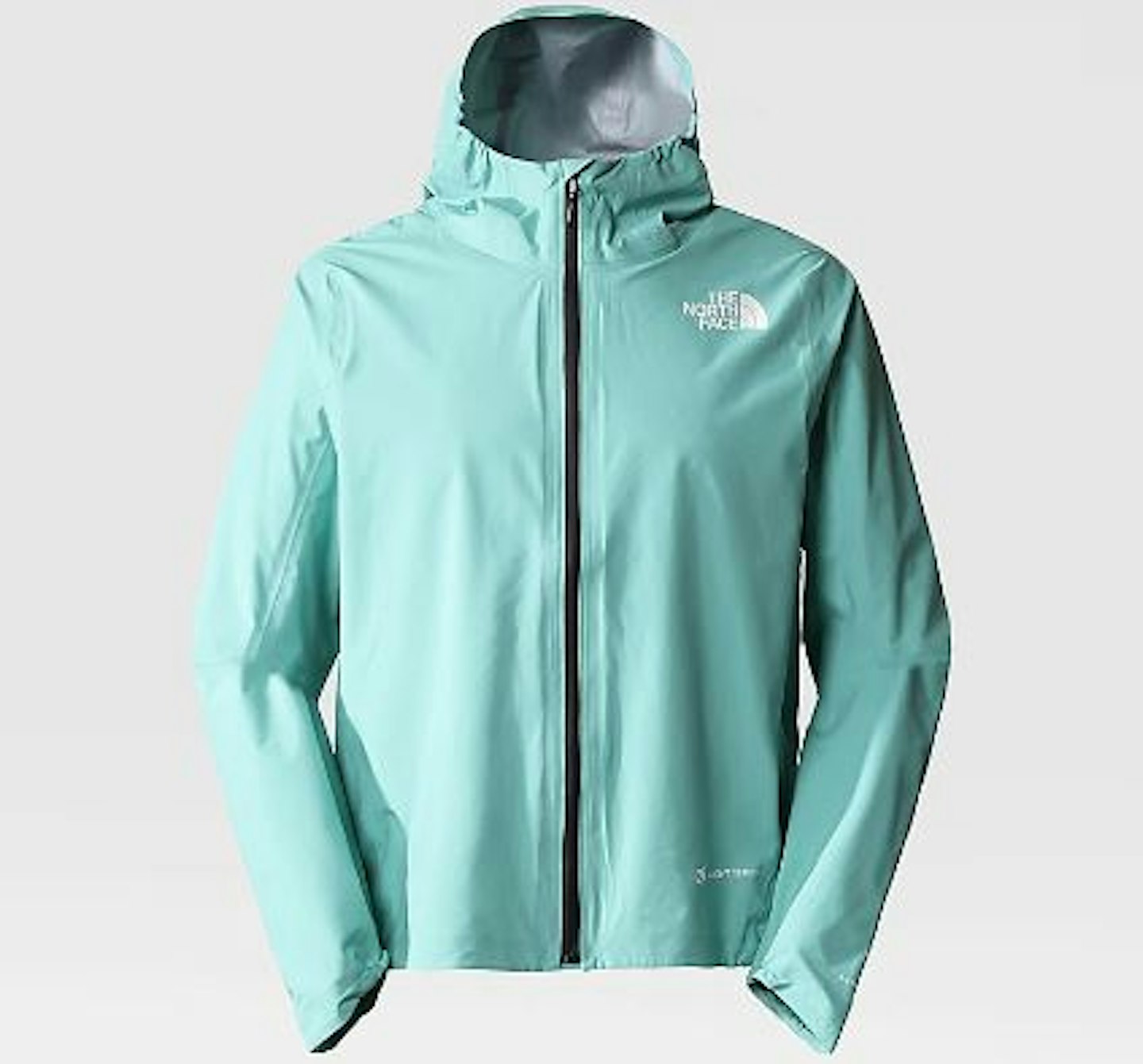
www.thenorthface.co.uk
This very good jacket from The North Face features a 100% recycled polyester shell and a DWR treatment which combines with sealed seams to keep moisture out, costing. The garment is usefully breathable, while an adjustable hood and elasticated cuffs offer decent coverage. It packs into its own internal mesh rear pocket for ease of carrying, and reflective logos add some extra low-light visibility.
Pros
- The general and fit is superb
Cons
- Storage options are on the light side
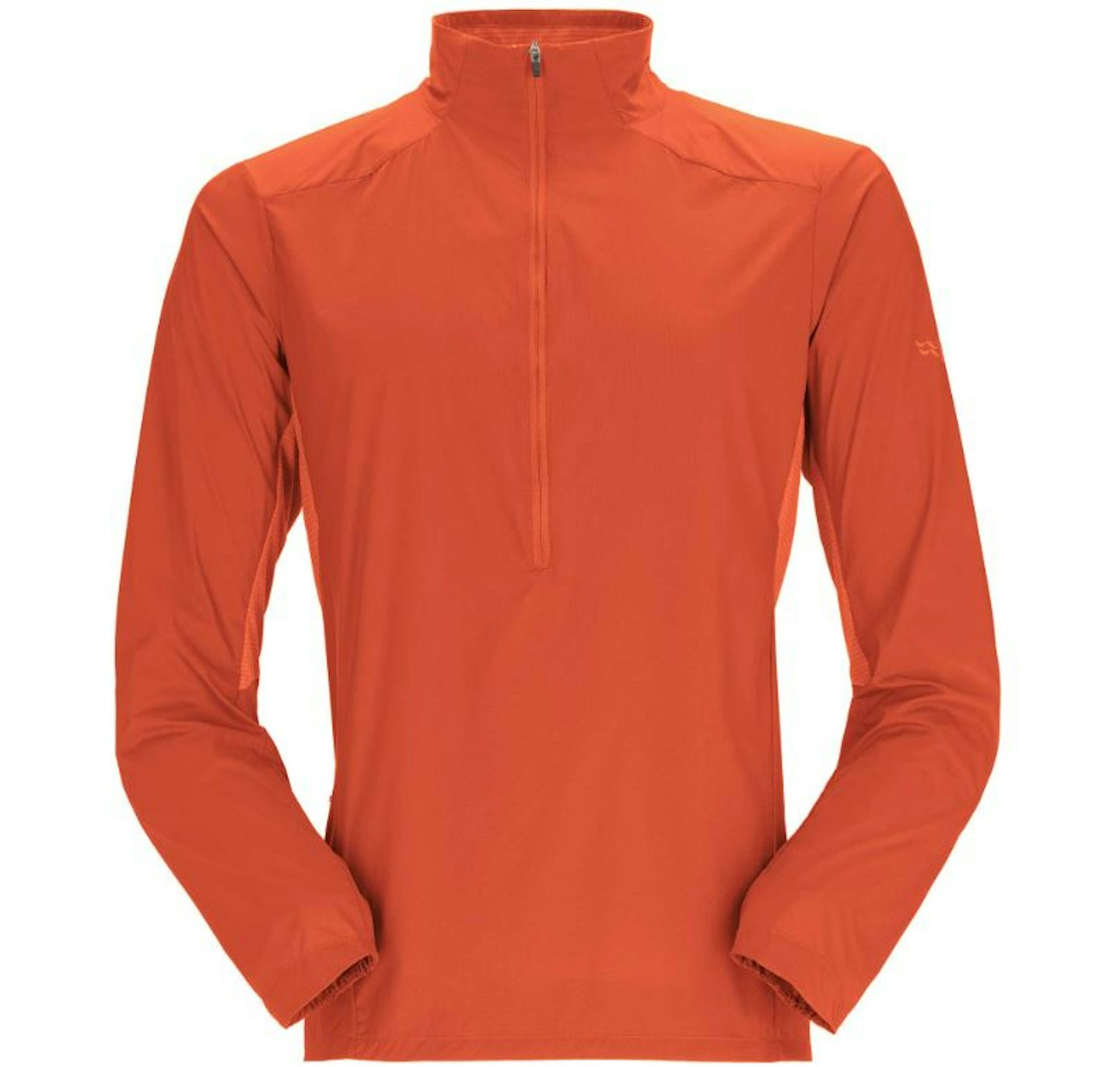
www.ellis-brigham.com
Designed for fast and light running in the mountains, this Rab smock teams windproof Pertex Quantum Air material with a super-breathable polyester Motiv fabric on the back and underneath the arms. In use it offers a reasonable level of weather protection but without getting as sweaty as a full windproof. It’s particularly effective in use when combined with a running vest.
Pros
- Unbelievably good at protecting you from the wind
Cons
- Not quite as breathable at pace as you’d need
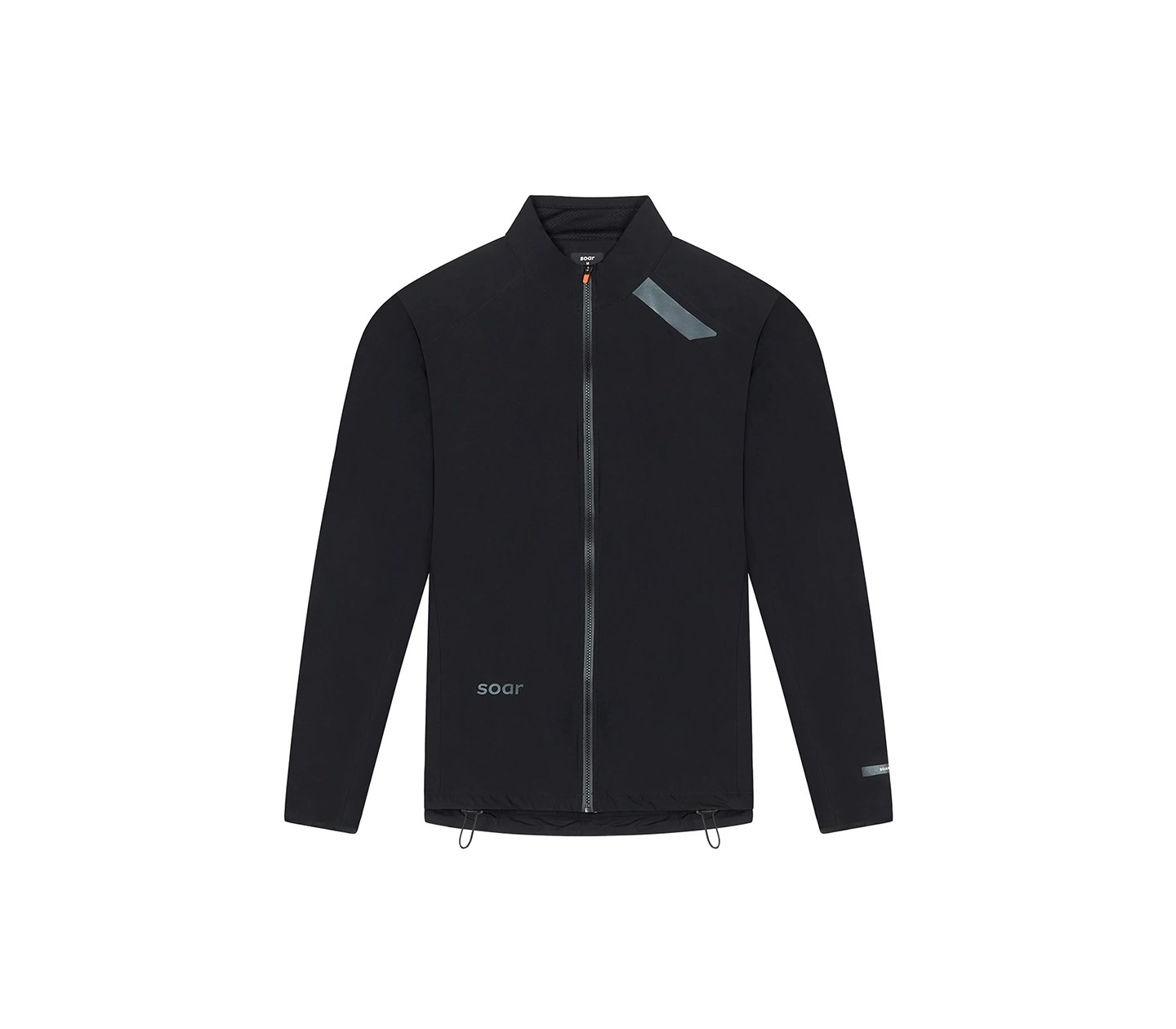
www.soarrunning.com
Waterproof but without the need for a separate membrane, this jacket has a stretch fit that allows full freedom of movement, with a DWR coating to the yarn, taped seams throughout, and a usefully high neck. Ideal for tempo runs in chilly climes. A drawstring waist keeps draughts out, while there's a decent-sized rear pocket to take mid-run essentials. Very respectable weight, too.
Pros
- It needs to be winter to really appreciate it; a bit too warm for spring
Cons
- A little pricey
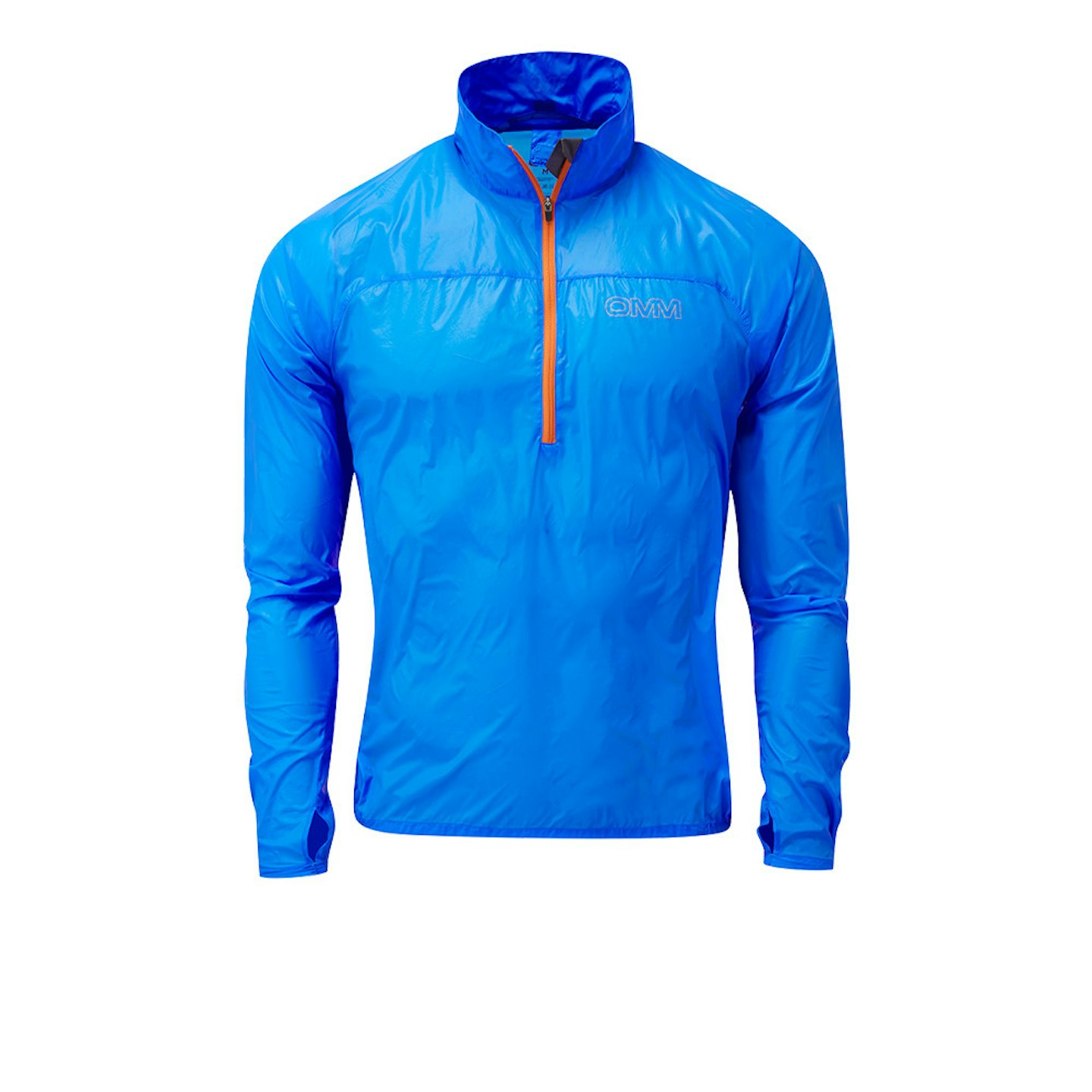
www.sportsshoes.com
The Sonic Smock from OMM is designed with fast and light in mind. It's incredibly minimalist, yet very comfy, in rustle-free 'PointZero' nylon ripstop fabric. It's brilliantly thought-out, with soft edging to the cuffs and thumb loops, dropped tail and draw cord hem, for excellent bum coverage and reflective details. The half zip reduces weight and increases durability.
Pros
- Lightweight
- Comfy
- Durable
Cons
- Not the most durable
